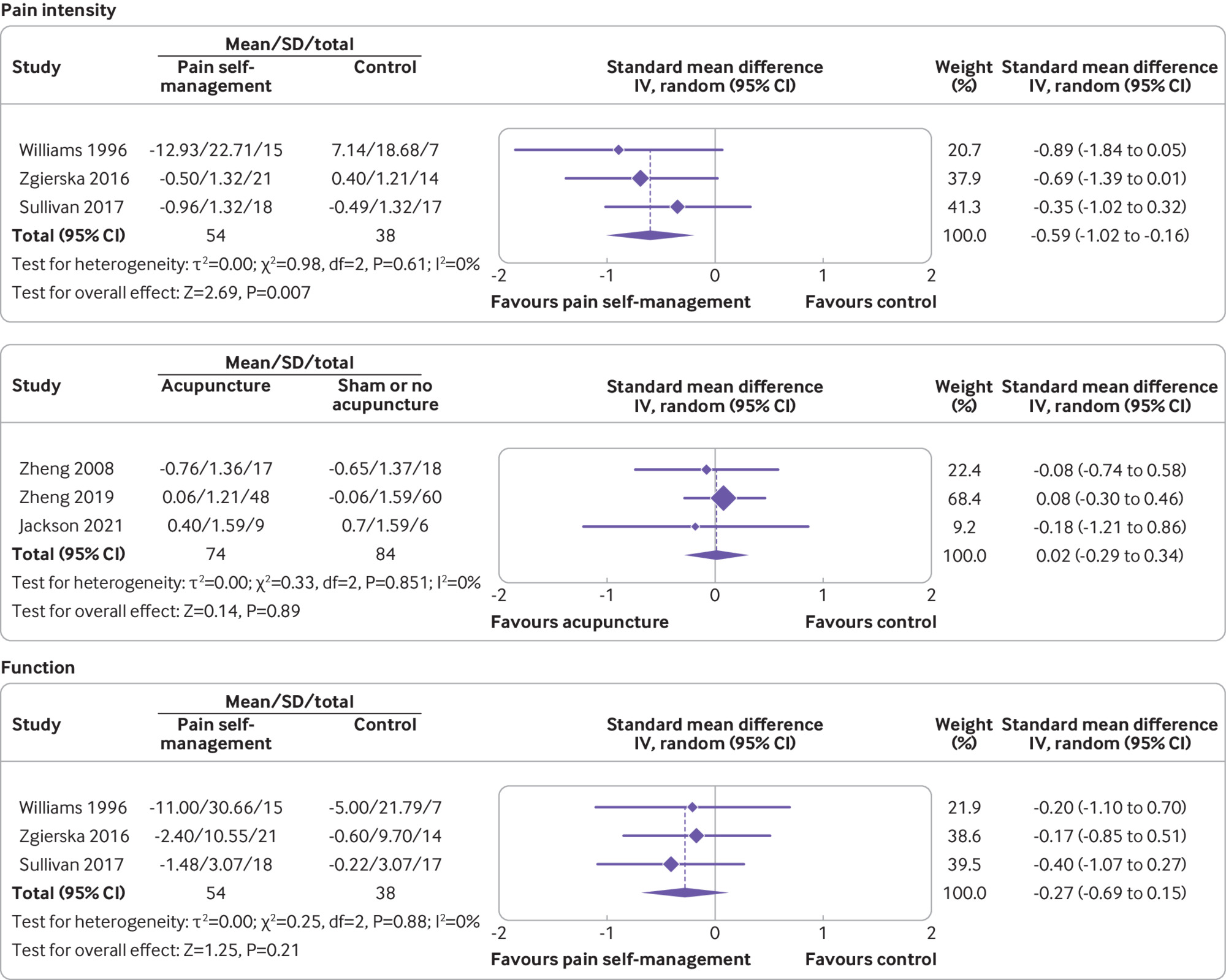
**The Consequences of CDC Opioid Guidelines on Patients with Chronic Pain**
Dr. Charles LeBaron, a physician specializing in internal medicine and pediatrics, recently discussed the contentious CDC opioid guidelines from 2016 that were initially designed to address the problems of over-prescription and overdose fatalities. He points out that these rules unintentionally created significant challenges for individuals suffering from chronic pain. The guidelines, based on ambiguous evidence, resulted in strict restrictions on opioid prescribing practices mandated by various entities, including state and federal authorities, insurance companies, and pharmacies.
According to Dr. LeBaron, the ramifications of these guidelines are severe, resulting in heightened pain, a lower quality of life, and increased risks of suicide and overdose due to the withdrawal or decrease in opioid dosages. The limitations particularly harmed cancer patients who were dealing with unmanaged pain. Detractors, including specialists in pain management and reports from organizations such as Human Rights Watch, have characterized these limitations as a breach of human rights due to the denial of vital pain relief.
The conversation highlights a series of errors stemming from the effort to rectify the perceived inadequacy in pain treatment during the 1990s, which, as Dr. LeBaron clarifies, inadvertently led to a culture of excessive prescriptions for addictive pain medications like OxyContin. The following CDC response, aimed at halting this trend through rigid restrictions, inadvertently amplified a public health crisis, forcing many patients to seek hazardous street drugs due to the lack of access to regulated pain management and worsening the overdose epidemic.
Dr. LeBaron’s personal battle with severe pain highlights the critical need to reassess and modify policies that, despite being well-intentioned, have caused more damage than the issues they were designed to combat. The recent updates to the CDC guidelines mark a positive move towards alleviating these adverse effects, although the actual enforcement by insurers and pharmaceutical companies is still inconsistent.
In the end, Dr. LeBaron emphasizes the importance for healthcare providers to strike a balance by ensuring access to safe, prescribed pain management and arming themselves with tools such as naloxone to combat potential overdoses, thus refocusing on effective and compassionate patient care.